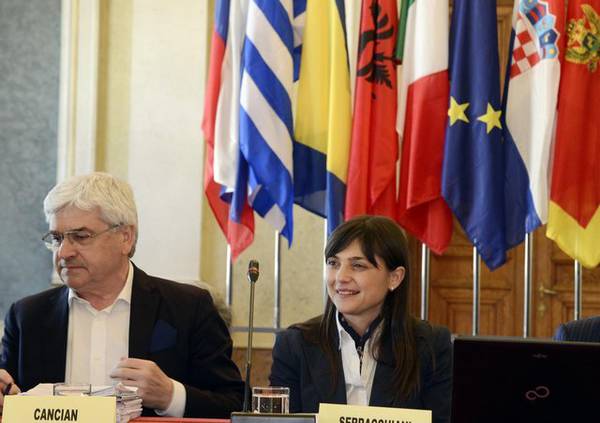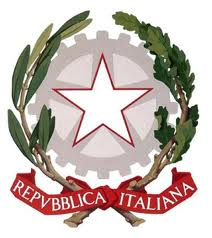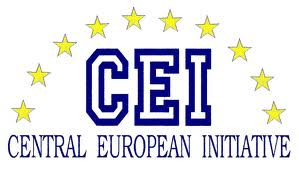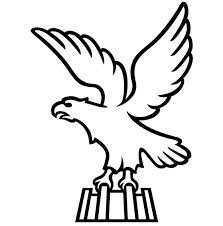EU-Regions:Serracchiani, more connections with the East
Road network acceptable, railways in bad conditions
21 April, 09:05The second pillar, which is dedicated to transport and energy ('Connecting Europe') and coordinated by Serbia and Italy.
Among the Italian regions, Friuli Venezia Giulia and Abruzzo play a leading role in the project. The claim 'Connecting Europe' refers to the improvement of connections within the Adriatic-Ionian region and with the rest of Europe, which ''does not only mean infrastructure networks, but also relations based on skills, knowledge and best practices we can share, to encourage a sustainable growth of the entire macro-region'', said Serracchiani, who attended the meeting along with by the four coordinators Antonio Cancian and Sergio Garribba (Italy) Tatjana Jovanovic and Mjriana Filipovic (Serbia) and the EU representative Giannantonio Ballette. In this area, ''services and transport infrastructure are still insufficient'' Serracchiani added, underlining that ''the road network is quite extensive, with acceptable standards, whereas railways are in very bad conditions. We need to build some missing sections, especially cross-border ones, to facilitate the connections between cities and countries'', According to Serracchiani, ''harbours and maritime connections are fragmented and intermodal links are not up to standard'' . ''I believe - she added - that the basic infrastructure is sufficient, but our short-term priority is to make the network usable, by modernizing it in accordance to the need for transnational connections in the whole of Europe''. The EU Adriatic-Ionian strategy includes eight countries, of which four non-EU members.
Along with Italy and Serbia, the strategy includes Slovenia, Croatia, Bosnia-Herzegovina, Montenegro, Albania and Greece.
(ANSA).














